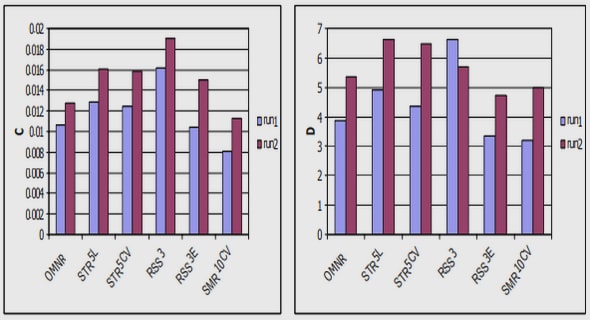(Downloads - 0)
For more info about our services contact : help@bestpfe.com
Table of contents
1 INTRODUCTION
1.1 Background
1.2 Aim
2 THEORETICAL BACKGROUND
2.1 Groundwater flow
2.1.1 Hydraulic conductivity
2.2 Properties of soil and bedrock
2.2.1 Geotechnical investigations of hydraulic conductivity and soil stratigraphy ….
2.3 Groundwater modelling
2.3.1 Finite element method
2.4 Spatial data interpolation
2.4.1 Kriging
2.4.2 Radial basis function
2.4.3 Inverse distance weighting
2.4.4 Minimum curvature
2.4.5 Evaluating the accuracy of interpolation methods
2.4.6 Effect of sample size on data interpolations
2.4.7 Recent developments of interpolation methods
3 METHOD
3.1 Case study description
3.2 Overview of the approach
3.3 Primary processing of data
3.3.1 Generating data sets with reduced sample size
3.4 Data interpolation
3.5 Profile creation
3.6 Model simulation
3.6.1 Geometry
3.6.2 Material properties
3.6.3 Mesh settings
3.6.4 Calibration of boundary conditions
3.6.5 Interpretation of model results
4 RESULTS
4.1 Generated data sets
4.2 Interpolated contour maps
4.2.1 Altering interpolation method
4.2.2 Altering sample size
4.3 Modelled profiles
4.3.1 Altering interpolation method
4.3.2 Altering sample size
4.4 Calibrated total heads
4.4.1 Altering interpolation method
4.4.2 Altering sample size
4.5 Modelled groundwater flow rates
4.5.1 Altering interpolation method
4.5.2 Altering sample size
5 DISCUSSION
5.1 Altering interpolation method
5.2 Altering sample size
5.3 Suggestions for management
5.4 Limitations and uncertainties
5.5 Further work recommendation
6 CONCLUSIONS
7 REFERENCES



